Why does everyone but Samsung suck at foldable phones?
Foldable phones outside of Samsung's have underwhelmed — but that could change
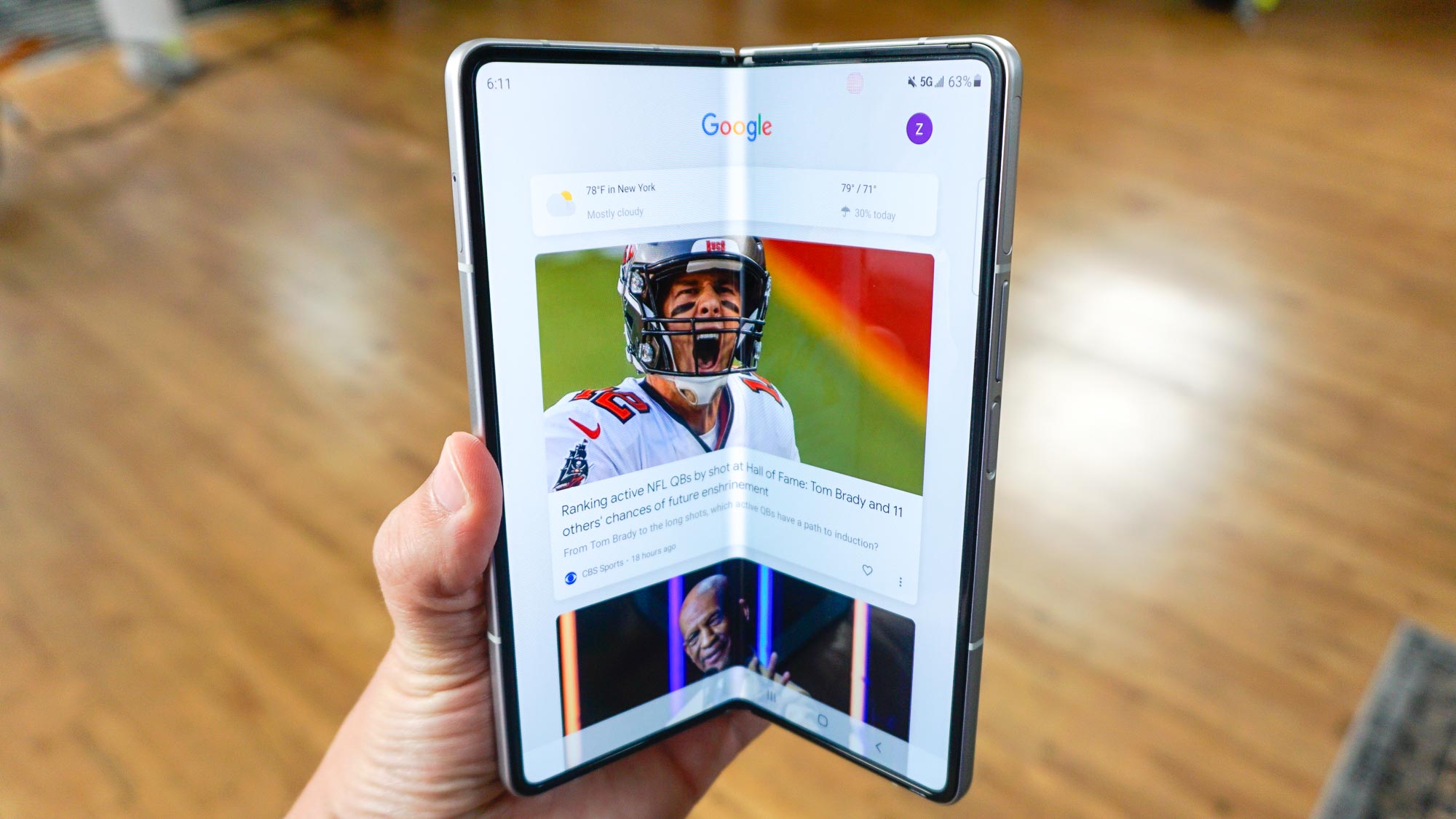
When it comes to the best foldable phones, Samsung stands alone. Almost quite literally.
The Galaxy Z Fold 3 and Galaxy Z Flip 3 dominate the foldables market, with both phones getting high marks from reviewers and enjoying better-than-expected sales with consumers. From those two phones, though, it's a big drop-down: The Motorola Razr failed to turn initial interest into widespread adoption; the Microsoft Surface Duo 2 is more of a dual-screen phone than a true foldable, but even at that, it's a tough sell. The Huawei P50 Pocket would look like a contender, but it's not coming to the U.S. and the same could apply to the Honor Magic V, which has entered the foldable fray.
The latest would-be contender to Samsung's foldable crown appears to be pulling the plug before even making it to market. Reports emerged this week that work was stopping on the rumored Pixel Fold, as Google allegedly decided it just couldn't compete in the difficult-to-crack foldables market. Google didn't respond to our request for comment, but it's pretty clear that anyone waiting for a true alternative to the Galaxy Z Fold 3 and Galaxy Z Flip 3 is going to have to wait quite a bit longer.
Meanwhile, Samsung continues to make foldable phones a big part of its plans for the coming year. The company is said to be working on follow-ups to the latest Fold and Flip models and there's persistent rumors that other foldable designs could be in the works, too.
Which raises the question: When it comes to make foldable phones, what's Samsung got that other phone makers don't?
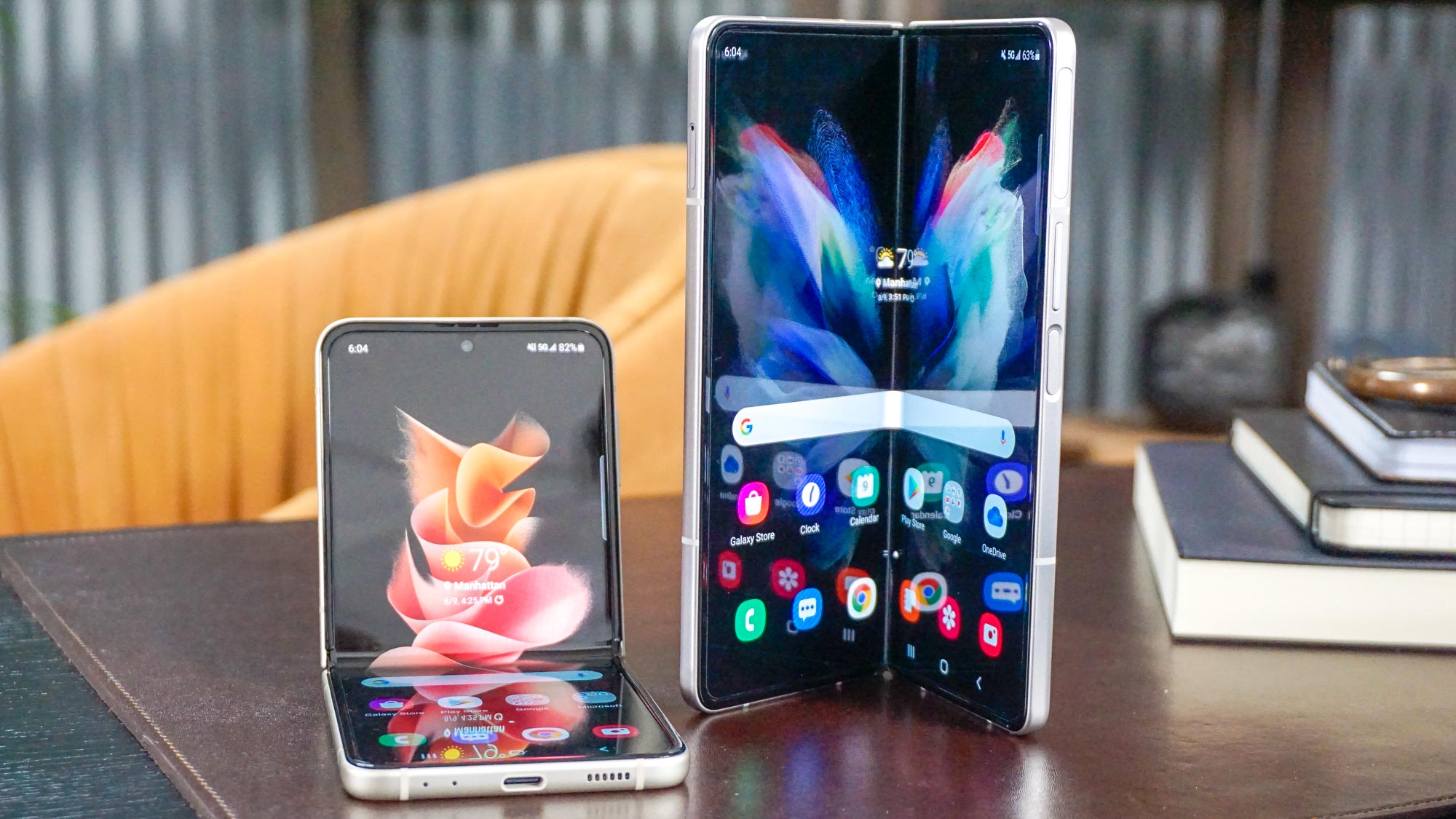
"The recent Fold 3 and Flip 3 are really strong handsets and great marketing has started to convince buyers that these are trailblazing designs to be taken seriously," said Ernest Doku, mobiles expert at Uswitch.com.
Foldable phones that have come and gone
If Samsung rules the foldable roost today, it's not for lack of trying by other phone makers to come up with unique handsets of their own. Just two years ago, the rumor mill was awash with concept designs and would-be contenders, as companies rushed to capitalize on consumer interest in what promised to be an exciting departure from the convention slab design of smartphones.
Samsung wasn't even first out of the gate with its foldable phone. That honor goes to Royole, which unveiled its FlexPai phone several months before the original Galaxy Fold. The FlexPai is still out there — Royole came out with a second edition, and leaks suggest a third version is in development — but the phone largely remains available only in China.
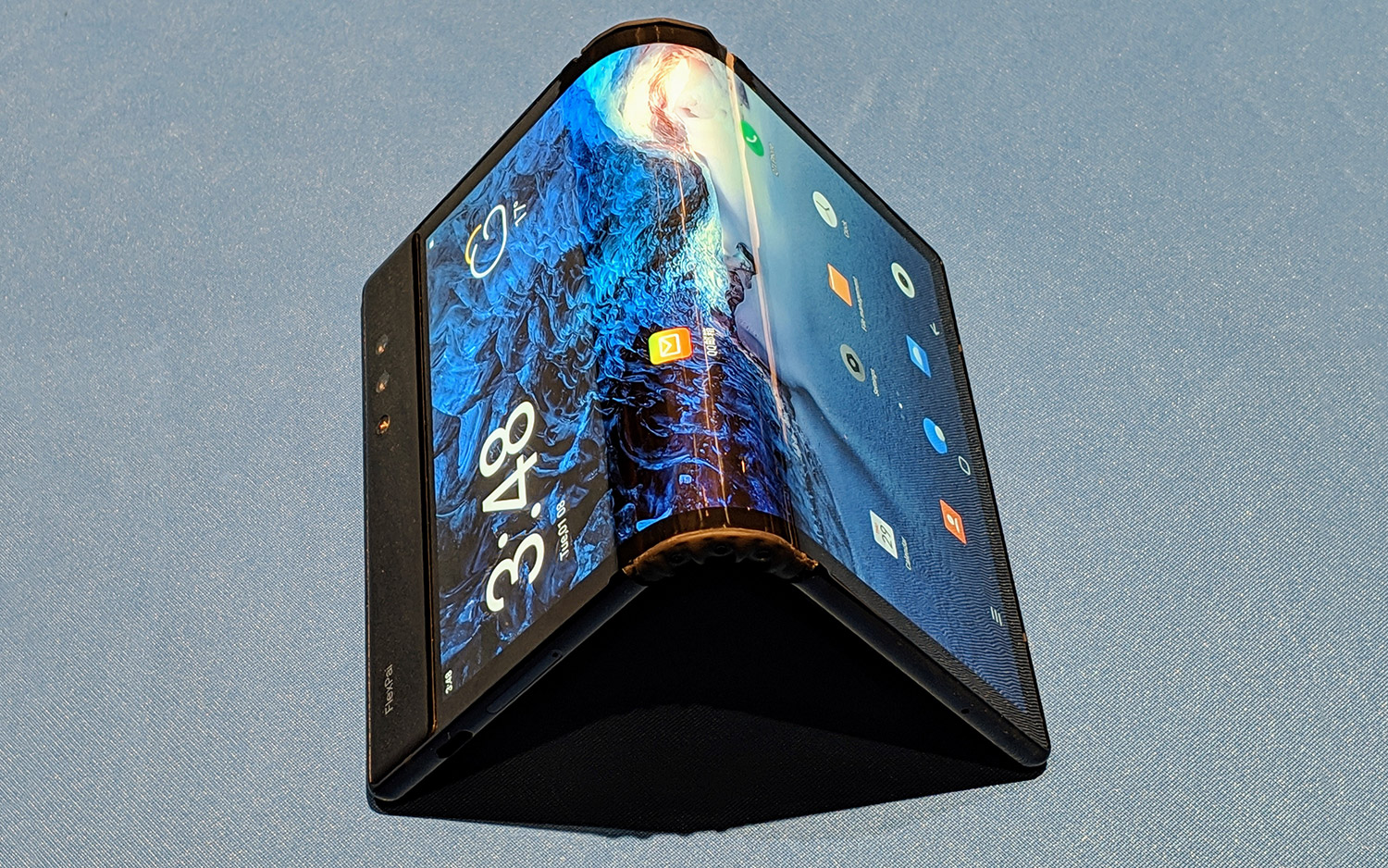
TCL tapped into its display expertise to show off folding phone concepts in recent years, but a planned launch this year was indefinitely postponed. TCL cited component shortages, the COVID-19 pandemic and the high costs of producing foldables as the reason behind the postponement.
LG came the closest to emerging as a serious challenger to Samsung in the foldable space. It launched a few dual-screen phones such as the LG Wing and even spent its CES 2021 keynote showing off a device with a rollable screen that it planned to release in 2021. But almost as soon as the LG Rollable appeared on stage, LG was announcing that it was getting out of the phone business entirely.
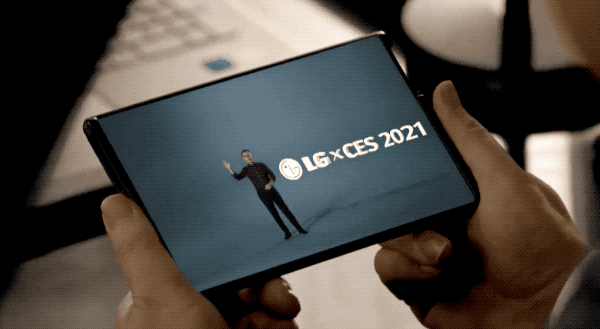
"Foldable technology is still new, expensive, and evolving rapidly," said Avi Greengart of Techsponential, explaining why so many companies have tried and have yet to succeed in the foldable game. "Placing a bet now means overcoming significant technical obstacles, picking a form factor, and then hoping consumers respond to something new that can be quite expensive."
Samsung's early struggles
Samsung has a long history of innovation and it's easy to overlook that it has taken them three iterations of the Galaxy Fold 3 to really nail the design.
— Ernest Duko, Uswitch
It's worth remembering that Samsung didn't exactly nail its first attempt at a foldable phone. While the original Galaxy Fold was impressive as a concept, the initial execution proved to be off the mark — so much so that the company had to push back the Fold's initial launch to fix durability issues that had emerged when previewing the device to tech writers.
"Samsung has a long history of innovation and it's easy to overlook that it has taken them three iterations of the Galaxy Fold 3 to really nail the design," Doku said.
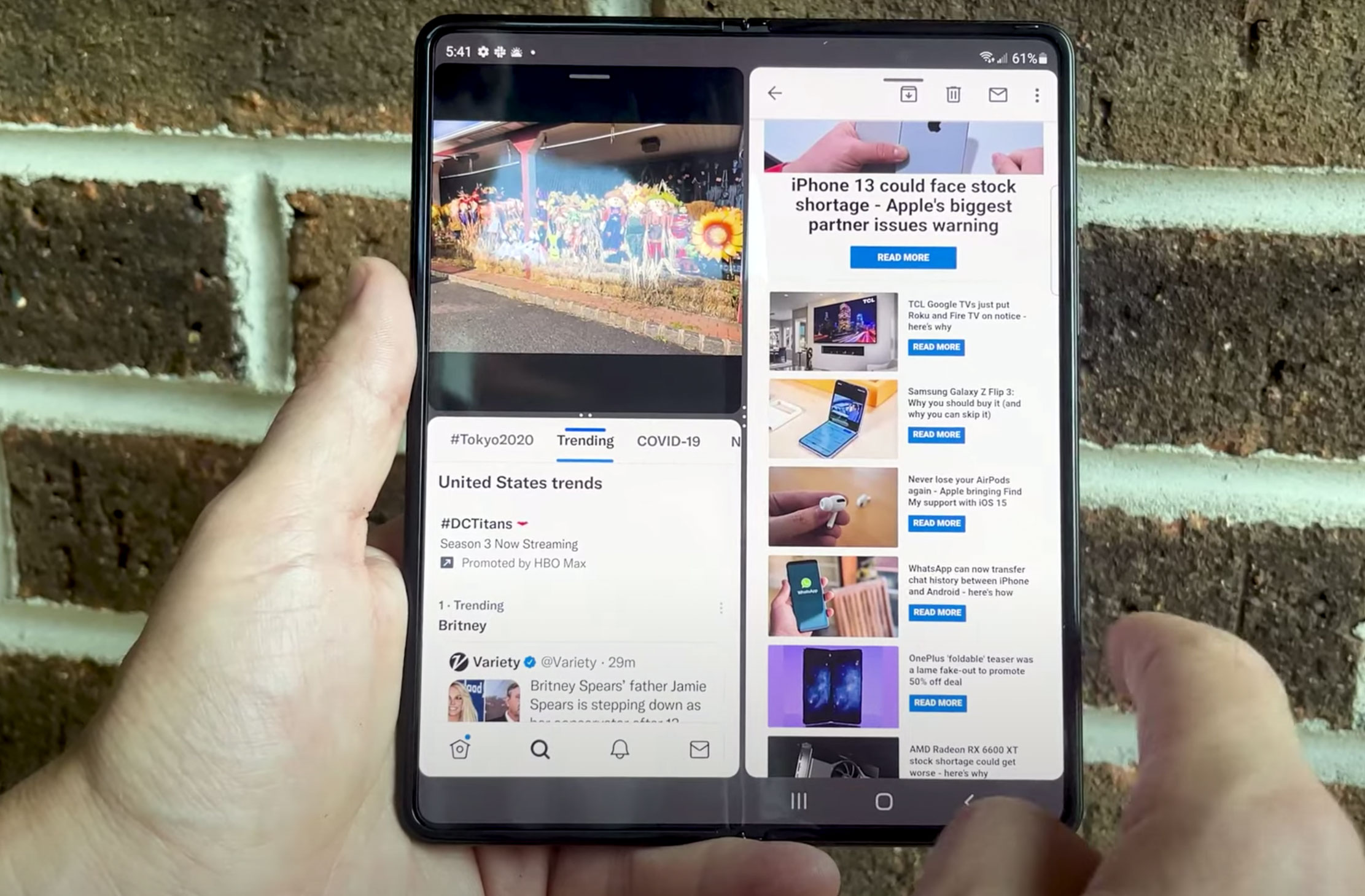
Other phone makers will have to go through similar struggles if they want to pursue developing a foldable phone that can match Samsung's success. And part of the challenge is settling on a design that both appeals to customers and can withstand daily use.
"The question of figuring out which form factor will have the most appeal is not trivial," said Greengart, noting that Huawei originally made its Huawei Mate with the foldable screen on the outside of the device. (Think of it as sort of a reverse Galaxy Fold.) That turned out to not be very durable, so Huawei reversed course with its Mate X3. Of course, that phone isn't sold in the U.S. due to Huawei's ongoing dispute with the U.S. government.
There's also the problem that foldable phone sales only make up a fraction of the overall smartphone market. A company with Samsung's market share can afford to stick with foldables even without an immediate payoff, because its midrange and flagship segments are so massive. Other phone makers — particularly in the crowded Android market — don't have that kind of luxury, which is why you see some companies fail to move forward with foldable phone concepts.
"Foldables is a niche, but a niche with a lot of growth potential," Greengart said. "Bar phones are inherently less complex and more durable, which means they will be less expensive and more mainstream for the foreseeable future."
The future of foldables — and where Apple fits in
Of course, foldables doesn't have to remain a niche, especially now that Samsung has shown there's some level of pent-up demand for devices that deliver on the promise of a relative compact device with an expandable screen. Last month, Samsung reported that Galaxy Z Fold 3 sales were 5x greater than what the Galaxy Z Fold 2 had brought in, while the Galaxy Z Flip 3 had seen a 40x improvement over its predecessor.
"Success breeds competition," Greengart said. "With the Galaxy Z Flip 3, Samsung has jumpstarted the market; rivals are bound to follow."
A big factor in foldable phones taking the next step will be the release of Android 12L next year. This add-on to Android 12 is aimed at devices with bigger screens, including foldables, and it's supposed to help apps take better advantage of the extra screen real estate on these devices. That could push innovation forward and maybe inspire device makers outside of Samsung.
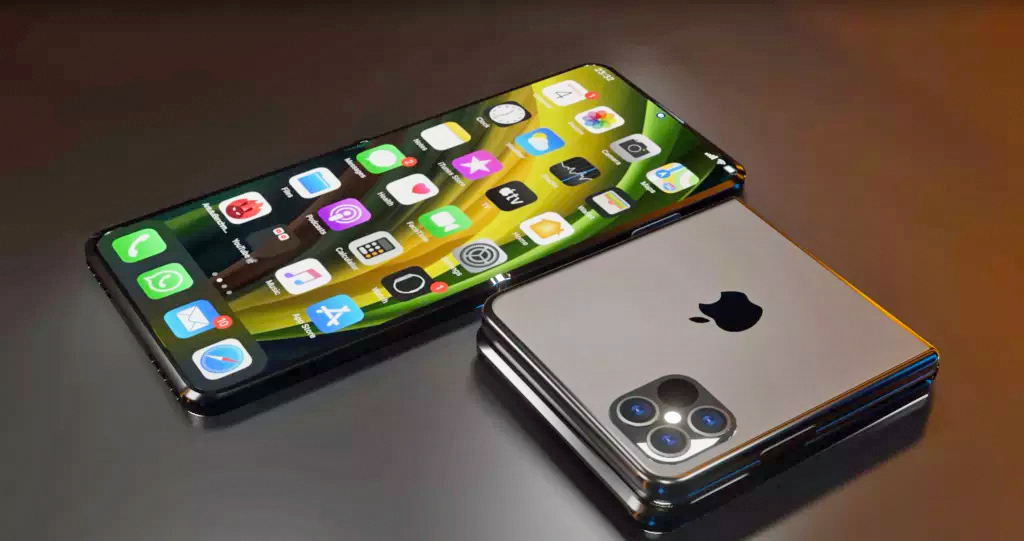
Something else could push a change in the foldable phone market, though — perhaps Apple will enter the fray. "Apple brings unique implementation polish, developer support, and a vast, sticky ecosystem to any new segment it enters," Greengart said.
It could also be bringing its own design, too, at least based on rumors surrounding an Apple foldable phone. Dubbed the iPhone Flip, Apple's rumored foldable iPhone would sport a flip phone design similar to the Galaxy Z Flip. However, most Apple watchers don't expect a foldable phone to emerge out of Cupertino until 2023, though one report targets a 2022 launch.
Apple taking its time to enter an emerging market tracks with the company's history, Uswitch.com's Doku said. "It is rare for Apple to be at the forefront of technical innovation, but the tech giant often takes the time to get it right so that they become the benchmark," Doku added.
"Manufacturers could well be playing the waiting game for Apple to deliver an acceptable first iteration which shoots the design into mainstream popularity."
Sign up to get the BEST of Tom's Guide direct to your inbox.
Get instant access to breaking news, the hottest reviews, great deals and helpful tips.
Philip Michaels is a Managing Editor at Tom's Guide. He's been covering personal technology since 1999 and was in the building when Steve Jobs showed off the iPhone for the first time. He's been evaluating smartphones since that first iPhone debuted in 2007, and he's been following phone carriers and smartphone plans since 2015. He has strong opinions about Apple, the Oakland Athletics, old movies and proper butchery techniques. Follow him at @PhilipMichaels.

